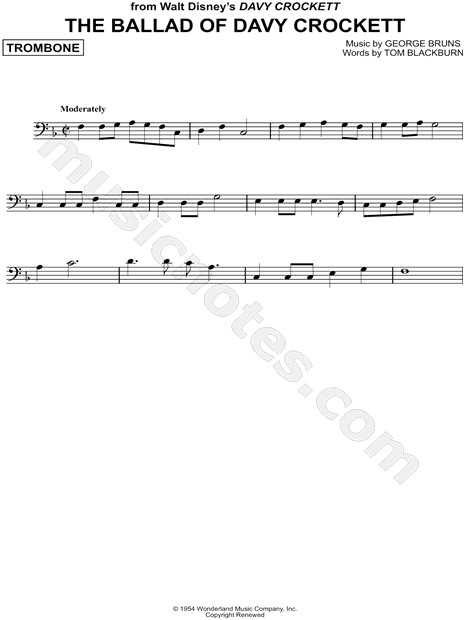
If you’ve ever studied improvisation, you’ve probably heard this advice: “ Use the melody as your guide…” Freddie implies a one bar ii-V7 and a two bar ii-V7 over the F7 chord creating a long line with musical momentum.ĥ) Charlie Parker, All the Things You Are you need to have multiple options to play over Dominant 7th chords.Ĭheck out the example below. The first step is learning the jazz language. For example listen to Freddie’s solo over Birdlike: This is a common question for many players and the solution, like any other musical quandary, can be found by listening to the masters. How do you play longer lines in your solos, especially over those Dominant 7th chords in a blues? The result is a kind of improvising that invites and brings the listeners with him as he literally makes connections between ideas that are both surprising and inevitable at the same time.”~Pat Metheney 4) Freddie Hubbard, Birdlike He found a way to make each idea expand to a logical conclusion while simultaneously spinning it off into fresh territory. “ The whole idea of narrative melodic development was taken to new heights by Sonny. Thomas and study how he takes one simple interval and creates an entire solo out of it.

Truly improvising with one musical idea…Ĭheck out Sonny’s classic solo on St. But what if you took a different approach?Ĭreating a solo in the moment, a theme with one interval or one rhythm. Slowly but surely every solo begins to sound the same.

One trap that many players fall into as they progress as improvisers is relying on the licks they’ve learned for familiar progressions.Ī lick for major chords, a lick for minor chords, a blues lick, a diminished lick… It didn’t matter whether he was playing the trumpet, singing, or figuring out chords on the piano – the music inside him was the same. (And why you should start singing as well!) Listen to his vocal solo on It Could Happen to You.

When it comes to improvising there is no better example of a musician that embodied this musical approach than Chet Baker.Ĭhet relied on his ear for everything that he played and this is obvious when you hear him sing. That’s it! All of the theory and technique that you learn is just a tool that enables this inner-sound to come out of your instrument. Would you immediately think about the details of music theory or would you close your eyes and gather inspiration for your solo from some other place?Īt its core, improvising is simply playing the melodies that are already inside of you. If I asked you to sing a solo over a chord progression without the aid of your instrument what would you sing? What story are you going to tell the audience? 2) Chet Baker, It Could Happen to You What are you going to say to the listener over this sequence of chord progressions? The next time you take a solo look at the big picture. The first chorus of his solo has 3 distinct phrases: Study how Miles builds his solo over each chorus using musical phrases. The blues is a great vehicle to start working on phrasing and a perfect example is Miles Davis’ solo on Blues by Five. Present an idea, take a deep breath and continue that idea with another musical statement. You’re not just playing one or two chords, you’re playing over the entire form of the song.Īpproach improvising as if you were speaking or telling a story. Instead take a step back and think about the big picture. And this will put your creativity in a box… So you start focusing on individual chords, scales and individual notes. You want to play the right notes and you want to sound good in front of your fellow musicians. When you begin improvising it’s easy to become obsessed with each and every chord… If you haven’t transcribed a solo before or found the entire process frustratingly difficult, not to worry – it’s time to start fresh! Here are 10 Brilliant Jazz solos and what you’ll learn from them… 1) Miles Davis, Blues by Five And if you want to improve as a musician, the same must be true for you.Īs a musician today, this apprenticeship is done by imitating the style and sound of your favorite musicians – transcribing solos. In each and every case, imitation was the key that unlocked the door to creativity. Miles Davis moving to New York to seek out the new music of Charlie Parker, a young Frank Sinatra absorbing the performances of Billie Holiday and Ethel Waters, Lee Morgan learning the musical language of Clifford Brown…
Trombone transcriptions ballad full#
And the history of this music is full of countless examples.

The truth is that every great musician started out as a musical apprentice. But look back even further and you’ll find it… And some may even deny it that it ever happened at all. You won’t hear it on their recordings or even in their live performances. There is a secret that all great musicians have in common.


 0 kommentar(er)
0 kommentar(er)
